-
 bitcoin
bitcoin $112139.774561 USD
-1.82% -
 ethereum
ethereum $3970.329568 USD
-3.85% -
 tether
tether $1.000078 USD
0.01% -
 xrp
xrp $2.611653 USD
-1.08% -
 bnb
bnb $1099.982737 USD
-3.67% -
 solana
solana $193.702075 USD
-3.33% -
 usd-coin
usd-coin $0.999832 USD
0.00% -
 dogecoin
dogecoin $0.193302 USD
-3.68% -
 tron
tron $0.294800 USD
-1.45% -
 cardano
cardano $0.642524 USD
-3.89% -
 hyperliquid
hyperliquid $47.524848 USD
1.27% -
 chainlink
chainlink $17.842256 USD
-2.41% -
 bitcoin-cash
bitcoin-cash $561.265025 USD
1.01% -
 stellar
stellar $0.317292 USD
-2.07% -
 ethena-usde
ethena-usde $0.999303 USD
0.01%
How to read multiple KDJ divergences on a single chart?
KDJ divergence in crypto trading signals potential reversals when price and momentum move oppositely, with multiple aligned divergences increasing reliability.
Oct 25, 2025 at 09:27 am

Understanding KDJ Divergence in Cryptocurrency Trading
The KDJ indicator, an advanced version of the stochastic oscillator, is widely used in cryptocurrency trading to identify potential reversal points. It consists of three lines: K, D, and J. Traders pay close attention to divergences between price action and the KDJ lines because they often signal weakening momentum and possible trend reversals. When multiple divergences appear on a single chart, interpreting them correctly becomes critical for timing entries and exits.
Identifying Types of KDJ Divergences
1. Regular bullish divergence occurs when the price makes lower lows, but the KDJ’s J line forms higher lows, suggesting underlying strength despite falling prices.
- Regular bearish divergence happens when the price reaches higher highs while the J line records lower highs, indicating fading upward momentum.
- Hidden bullish divergence appears in an uptrend when price makes a higher low, but the J line makes a lower low, confirming trend continuation potential.
- Hidden bearish divergence forms in a downtrend when price prints a lower high, yet the J line shows a higher high, signaling possible downward resumption.
- Multiple instances of these divergences across different timeframes or within the same chart can compound their reliability if aligned with support/resistance levels.
Analyzing Concurrent Divergences on One Chart
1. Zoom out to view the broader timeframe—divergences visible on both 4-hour and daily charts carry more weight than those on lower timeframes.
- Look for overlapping divergences where one ends as another begins; this may indicate prolonged exhaustion in buying or selling pressure.
- Compare the slope and angle of successive J line peaks or troughs; steeper declines in momentum despite steady price movement suggest accelerating divergence.
- Note the distance between divergence points—if they are tightly clustered, it may reflect short-term noise rather than structural shift.
- Cross-verify with volume patterns; declining volume during new price extremes strengthens the validity of a divergence signal.
Practical Application in Crypto Markets
1. In volatile assets like Bitcoin or Ethereum, KDJ divergences often form during consolidation phases following sharp rallies or drops.
- During a strong trend, multiple minor divergences might fail before one major reversal-triggering divergence emerges—patience is essential.
- Combine KDJ readings with moving averages; for example, a bearish divergence occurring as price trades below the 200-period MA increases downside probability.
- Avoid acting on divergences when major news events are scheduled, as market reactions can override technical signals.
- Use stop-loss orders beyond recent swing points to manage risk when trading based on identified divergences.
Frequently Asked Questions
What does it mean when two bullish divergences appear consecutively?It suggests sustained accumulation by buyers even as price continues to dip. This repeated failure of price to make new lows with matching momentum deterioration increases the likelihood of an eventual upward breakout.
Can KDJ divergences produce false signals in sideways markets?Yes, especially in tight range-bound conditions where the J line frequently crosses above 80 and below 20. These overbought/oversold swings don’t always lead to reversals, making divergence less reliable without additional confirmation from breakout patterns.
How do you differentiate between minor and significant KDJ divergences?Significant divergences align with key Fibonacci levels, major support/resistance zones, or coincide with candlestick reversal patterns like engulfing bars. Minor ones occur within choppy price zones and lack confluence with other technical factors.
Is it advisable to trade every KDJ divergence on the chart?No. Trading all divergences leads to overtrading, particularly in highly volatile crypto pairs. Focus only on clear, well-formed divergences supported by volume shifts and alignment with broader market structure.
Disclaimer:info@kdj.com
The information provided is not trading advice. kdj.com does not assume any responsibility for any investments made based on the information provided in this article. Cryptocurrencies are highly volatile and it is highly recommended that you invest with caution after thorough research!
If you believe that the content used on this website infringes your copyright, please contact us immediately (info@kdj.com) and we will delete it promptly.
- Essex Post Office, 5p Coins, and King Charles: A Royal Mint Revelation!
- 2025-10-23 10:30:16
- Waymo's Newark Airport AV Tests: Alphabet's AI Gamble Pays Off?
- 2025-10-23 10:30:16
- King Charles 5p Coins: A Royal Flush in Your Pocket?
- 2025-10-23 10:35:18
- Solana, Crypto Advisory, and Forward Industries: A New York Minute on the Future of Finance
- 2025-10-23 08:51:22
- MAGACOIN: Ethereum Whales Dive into the Hottest Presale of 2025
- 2025-10-23 08:51:22
- Kadena's End of the Road? KDA Token Plummets Amid Project Abandonment
- 2025-10-23 08:55:34
Related knowledge
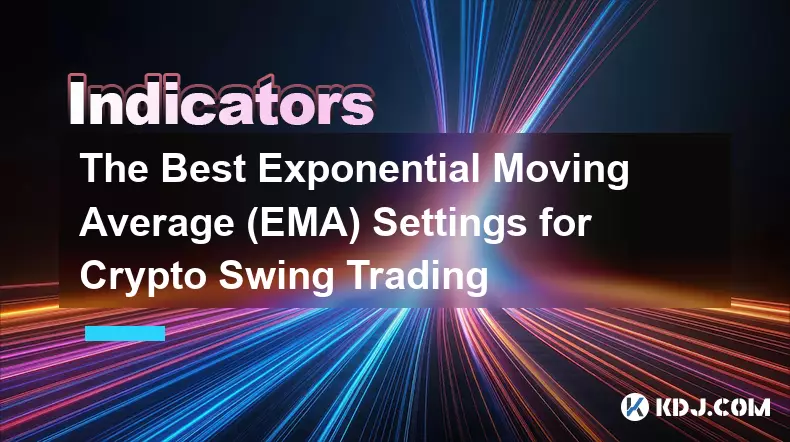
The Best Exponential Moving Average (EMA) Settings for Crypto Swing Trading
Oct 25,2025 at 04:55pm
The Best Exponential Moving Average (EMA) Settings for Crypto Swing TradingSwing trading in the cryptocurrency market relies heavily on identifying tr...
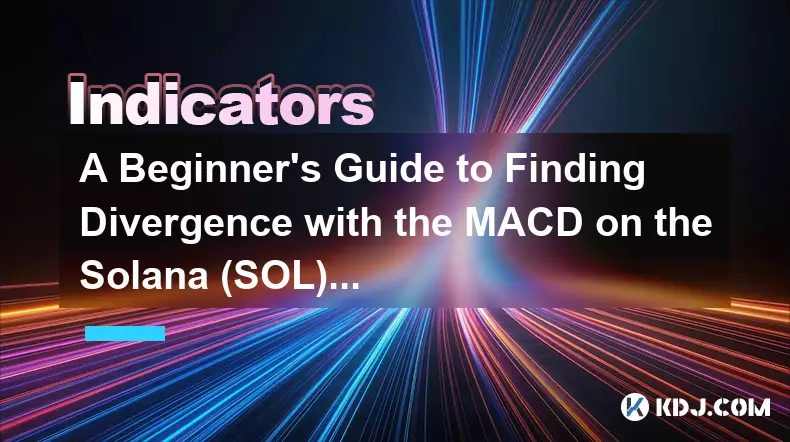
A Beginner's Guide to Finding Divergence with the MACD on the Solana (SOL) Chart
Oct 26,2025 at 12:36pm
Understanding MACD and Its Role in Solana Trading1. The Moving Average Convergence Divergence (MACD) is a momentum indicator widely used in cryptocurr...
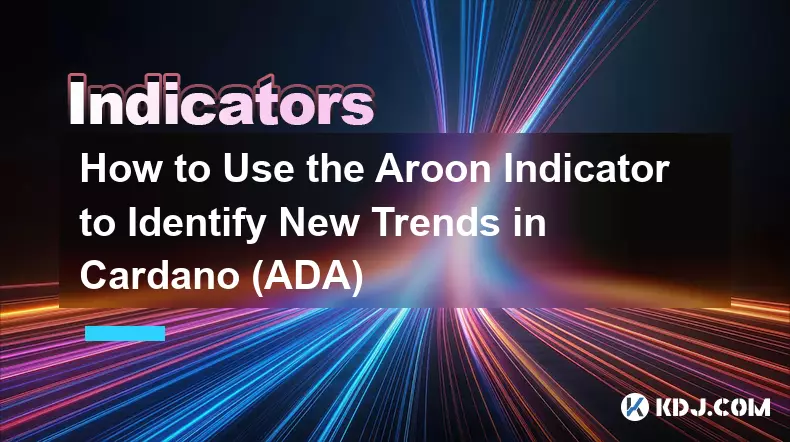
How to Use the Aroon Indicator to Identify New Trends in Cardano (ADA)
Oct 26,2025 at 10:18pm
Understanding the Aroon Indicator in Cryptocurrency Trading1. The Aroon indicator is a technical analysis tool designed to identify whether an asset i...
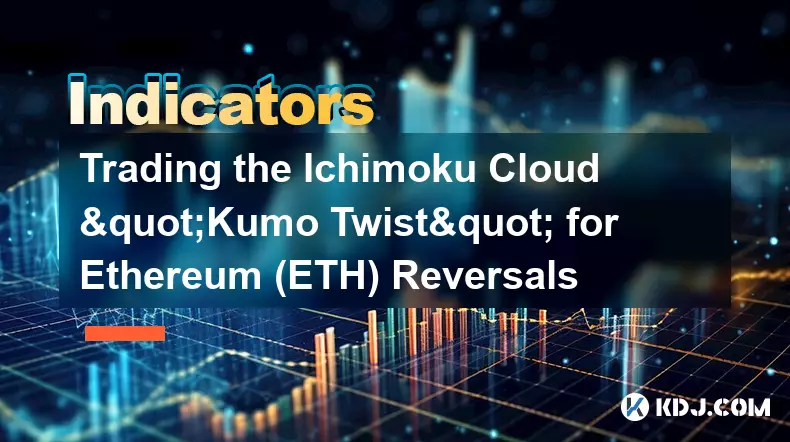
Trading the Ichimoku Cloud "Kumo Twist" for Ethereum (ETH) Reversals
Oct 27,2025 at 01:54am
Understanding the Ichimoku Cloud and Its Components1. The Ichimoku Cloud, also known as Ichimoku Kinko Hyo, is a comprehensive technical analysis tool...
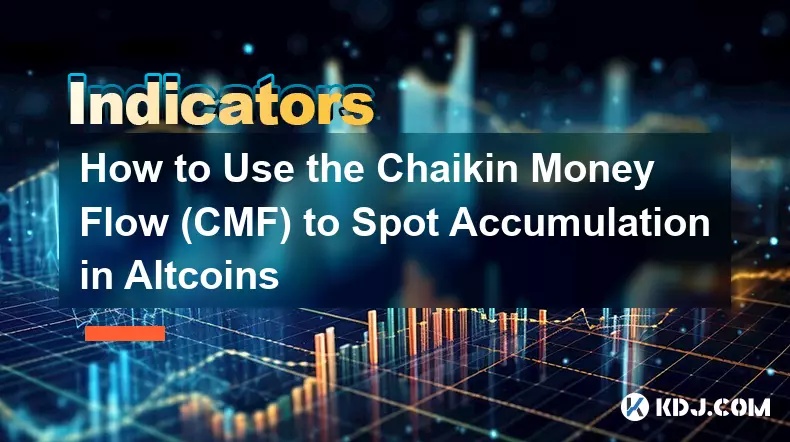
How to Use the Chaikin Money Flow (CMF) to Spot Accumulation in Altcoins
Oct 25,2025 at 08:18pm
Understanding Chaikin Money Flow in the Context of Altcoin Markets1. The Chaikin Money Flow (CMF) is a technical indicator developed by Marc Chaikin t...

How to Trade with the Keltner Channel Indicator on the Ethereum (ETH) Chart
Oct 28,2025 at 08:54am
Understanding the Keltner Channel in Ethereum Trading1. The Keltner Channel is a volatility-based technical indicator that consists of three lines: an...

The Best Exponential Moving Average (EMA) Settings for Crypto Swing Trading
Oct 25,2025 at 04:55pm
The Best Exponential Moving Average (EMA) Settings for Crypto Swing TradingSwing trading in the cryptocurrency market relies heavily on identifying tr...

A Beginner's Guide to Finding Divergence with the MACD on the Solana (SOL) Chart
Oct 26,2025 at 12:36pm
Understanding MACD and Its Role in Solana Trading1. The Moving Average Convergence Divergence (MACD) is a momentum indicator widely used in cryptocurr...

How to Use the Aroon Indicator to Identify New Trends in Cardano (ADA)
Oct 26,2025 at 10:18pm
Understanding the Aroon Indicator in Cryptocurrency Trading1. The Aroon indicator is a technical analysis tool designed to identify whether an asset i...

Trading the Ichimoku Cloud "Kumo Twist" for Ethereum (ETH) Reversals
Oct 27,2025 at 01:54am
Understanding the Ichimoku Cloud and Its Components1. The Ichimoku Cloud, also known as Ichimoku Kinko Hyo, is a comprehensive technical analysis tool...

How to Use the Chaikin Money Flow (CMF) to Spot Accumulation in Altcoins
Oct 25,2025 at 08:18pm
Understanding Chaikin Money Flow in the Context of Altcoin Markets1. The Chaikin Money Flow (CMF) is a technical indicator developed by Marc Chaikin t...

How to Trade with the Keltner Channel Indicator on the Ethereum (ETH) Chart
Oct 28,2025 at 08:54am
Understanding the Keltner Channel in Ethereum Trading1. The Keltner Channel is a volatility-based technical indicator that consists of three lines: an...
See all articles









































































